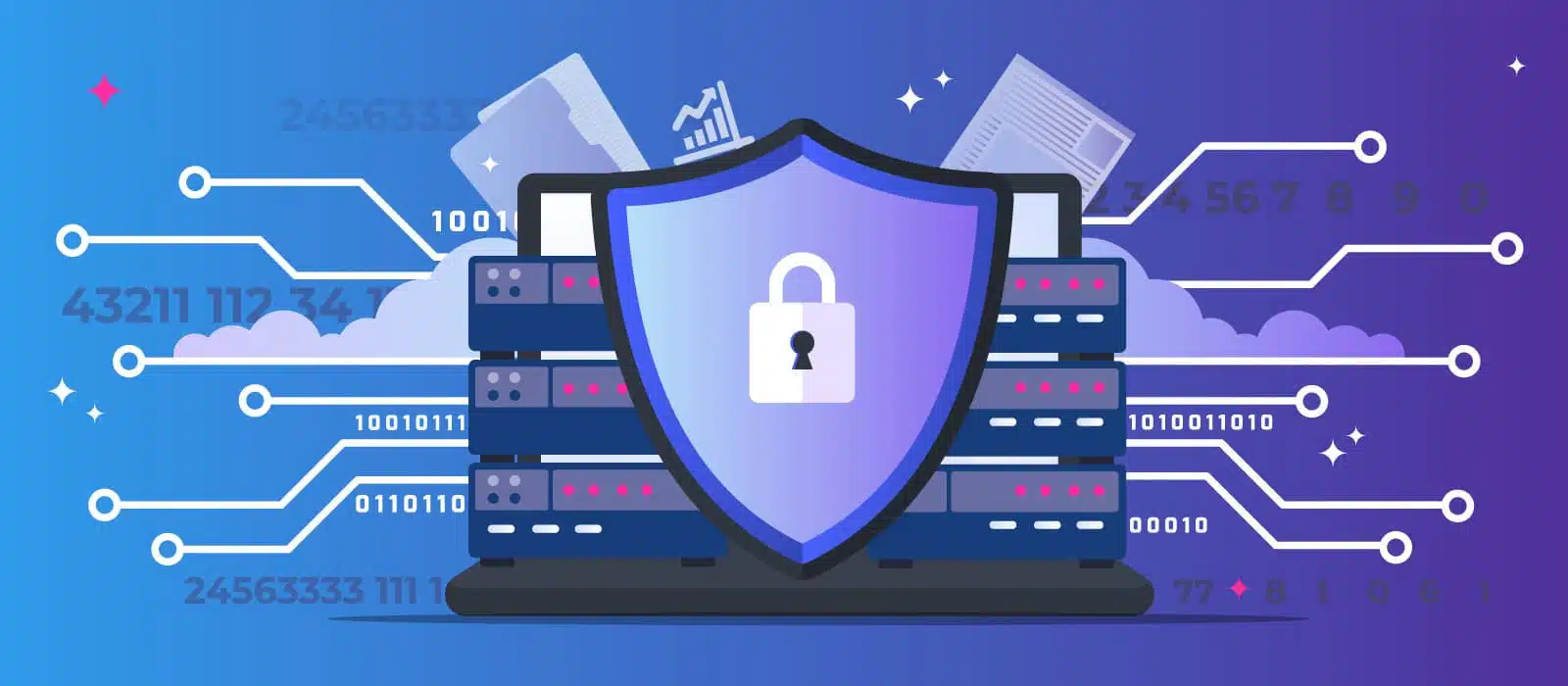-
- Diagnosing Blockchain-Based Security Module Integration Issues on Linux
- Understanding Blockchain Security Modules
- Configuration Steps
- Step 1: Verify System Requirements
- Step 2: Install Required Packages
- Step 3: Configure the Security Module
- Step 4: Test the Integration
- Practical Examples
- Best Practices
- Case Studies and Statistics
- Troubleshooting Common Issues
- Issue 1: Module Not Loading
- Issue 2: Permission Denied Errors
- Conclusion
Diagnosing Blockchain-Based Security Module Integration Issues on Linux
As blockchain technology continues to gain traction across various industries, the integration of security modules becomes paramount. These modules are essential for ensuring the integrity, confidentiality, and availability of blockchain applications. However, integrating these security components on Linux systems can present unique challenges. This guide aims to provide a comprehensive approach to diagnosing integration issues, ensuring that your blockchain applications run smoothly and securely.
Understanding Blockchain Security Modules
blockchain security modules are designed to protect sensitive data and transactions within a blockchain network. They can include cryptographic libraries, secure key management systems, and access control mechanisms. Understanding how these modules interact with the Linux operating system is crucial for effective troubleshooting.
Configuration Steps
Step 1: Verify System Requirements
Before integrating a blockchain security module, ensure that your Linux system meets the necessary requirements:
- Supported Linux distribution (e.g., Ubuntu, CentOS)
- Kernel version compatibility
- Required libraries and dependencies
Step 2: Install Required Packages
Use the package manager to install necessary libraries. For example, on Ubuntu, you can run:
sudo apt-get update
sudo apt-get install libssl-dev libgmp-devStep 3: Configure the Security Module
Follow the documentation of the specific security module to configure it properly. This often involves editing configuration files located in the /etc directory. For example:
sudo nano /etc/security_module.confStep 4: Test the Integration
After configuration, test the integration by running a sample blockchain transaction. Monitor logs for any errors:
tail -f /var/log/blockchain.logPractical Examples
Consider a scenario where a blockchain application fails to authenticate users due to a misconfigured security module. By following the configuration steps outlined above, you can identify the issue by checking the authentication logs:
grep "authentication failed" /var/log/auth.logThis command will help pinpoint the exact cause of the failure, allowing for timely resolution.
Best Practices
- Regularly update your Linux system and security modules to patch vulnerabilities.
- Implement logging and monitoring to detect anomalies in real-time.
- Use containerization (e.g., Docker) to isolate blockchain applications and their dependencies.
- Conduct regular security audits to identify potential weaknesses in your integration.
Case Studies and Statistics
A study by the Cybersecurity & Infrastructure Security Agency (CISA) found that 60% of blockchain-related security incidents were due to misconfigurations. This statistic underscores the importance of proper integration and configuration of security modules. Companies that implemented robust security practices reported a 40% reduction in security incidents.
Troubleshooting Common Issues
Issue 1: Module Not Loading
If the security module fails to load, check the kernel logs:
dmesg | grep security_moduleIssue 2: Permission Denied Errors
Permission issues can often arise. Ensure that the user running the blockchain application has the necessary permissions to access the security module:
ls -l /etc/security_module.confConclusion
Diagnosing integration issues with blockchain-based security modules on Linux requires a systematic approach. By following the configuration steps, utilizing practical examples, and adhering to best practices, you can enhance the security and performance of your blockchain applications. Remember to stay informed about the latest developments in blockchain security to mitigate risks effectively. With the right tools and knowledge, you can ensure a robust and secure blockchain environment.
